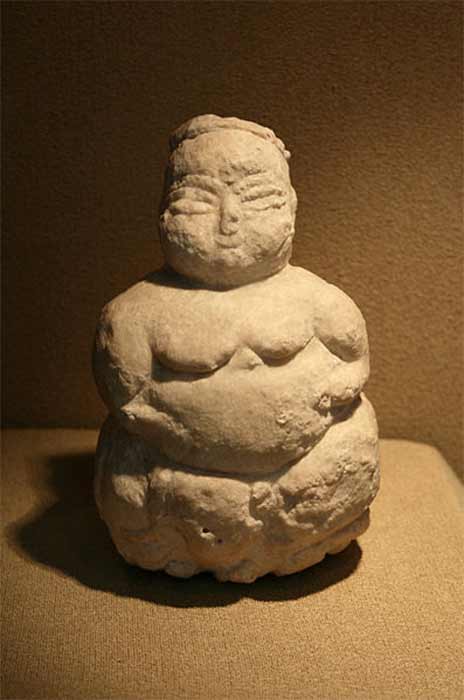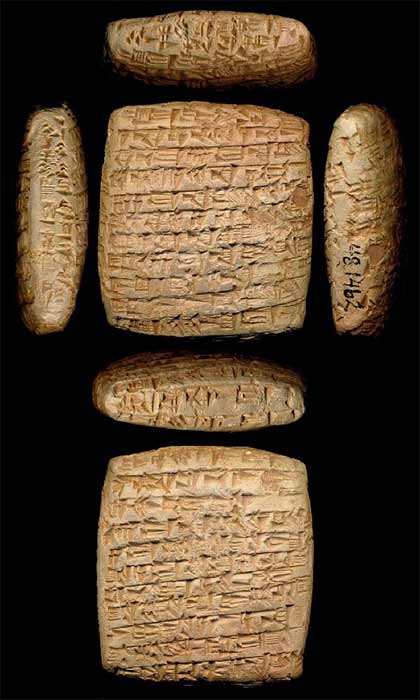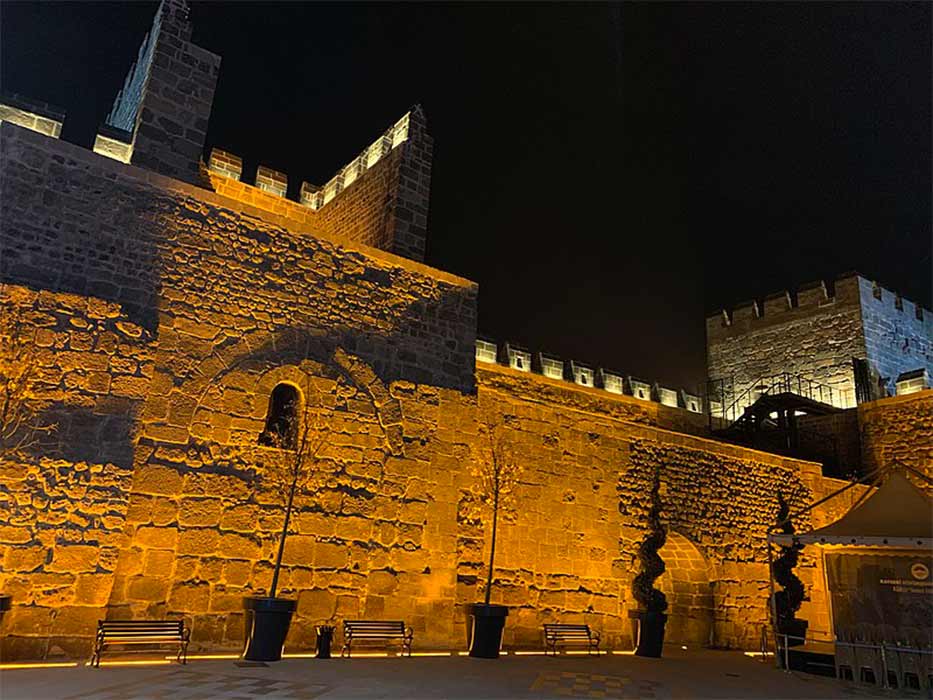
Cappadocia, Enchanted Land of Khepat, Ancient Anatolia’s Mother Goddess
Cappadocia in central Anatolia/Turkey presents an ancient scenery mesmerizing the mind and captivating the imagination, where Khepat, the Mother Goddess, carved a fairy tale landscape against the backdrop of Mount Erciyes, called ‘Harkasos’ during the Hittite era, meaning Gods of Mountains. The etymological root of the name Cappadocia derives from ‘Khepatukh’, (Khepat meaning Mother Goddess and Ukh meaning land) which translates into ‘The Land of Khepat the Mother Goddess’. Millions of years ago Mount Erciyes, Mount Hasan and Mount Gōllǘdaǧ spewed volcanic lava and ash, which hardened with the rainwater to form layers of porous tuff in hues of red and yellow. Enlisting the four elements earth, wind, water and fire, Khepat began sculpting the landscape. The volcanic fire vomited the tuff creating earth, the water hardened it and the rain and wind eroded it creating the fairy chimneys, cones, caves and valleys of her bewitching Cappadocia.

A mother goddess statuette from Canhasan, an archaeological site in Turkey. This figurine, along with other mother goddess figurines found in Canhasan, is thought to be evidence of a continual matriarchal society in central Anatolia during the Chalcolithic Age. (Noumenon / CC BY-SA 3.0)
Human Settlements and Wars
Then the humans came to settle in the land Khepat had created. The caves had been inhabited since the Holocene epoch, as is evident by the excavations of Civilek cave and a skull found in Aşikli Hōyǘk even bears traces of primitive brain surgery. Kōşk Hōyǘk was a Neolithic settlement practising matriarchal order, perhaps still honouring Khepat, the Mother Goddess.

Around 20,000 clay tablets were found at the site of Kültepe/ Kanesh. Walters Art Museum (Public Domain)
During the Bronze Age around 3000 BC the Akkadians penetrated Anatolia to establish trade relations and colonies or kārum. Various tribes of the region united under King Zipani of Kanesh/ Kültepe in a revolt against the Akkadian King Naram-sin (r. circa 2254-2218 BC). The Akkadians evolved into the Assyrians. They introduced writing in the region, as cuneiform tablets indicate their record keeping of trade transactions. The Hittites moved into the region around 2000 BC from the north, and captured large parts of central Anatolia, including the Assyrian kārum of Kanesh/ Kültepe. The treaty of Kadesh between the Hittite King Hattushili III and Rameses II of Egypt in 1286 BC brought peace for a short while, until the Phrygians moved in from the north-west and wrestled the region from the Hittites around 1200 BC. During the Iron Age, the Tabal Kingdom, a Neo-Hittite state, ruled Cappadocia until its collapse.
- Who Built This City? Underground Derinkuyu, and the Rock Churches of Göreme
- Archaeologists uncover underground church with scenes of the damned in Turkey
- 3,500-Year-Old Hittite Hieroglyphs Discovered In Anatolian Cattle Barn
By the sixth century BC the Persians reigned in Cappadocia. Their fire worship resonated with the ancient volcanic activity and it was the Persians who introduced the famous Cappadocian horses to the region. The Persian name for Cappadocia, Katpatuka means ‘Land of the Fine Horses’. They established the King’s Route, a trade route linking their capital Susa to the Aegean Sea. The Persians were defeated by Alexander the Great in the fourth century BC, who appointed satraps to rule Cappadocia. The Persian Ariathares united the peoples of Cappadocia and established Kayseri as the capital.

Kayseri city walls built by the Romans (Boubacar Amadou Cisse / CC BY-SA 4.0)




